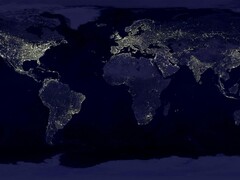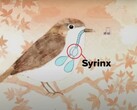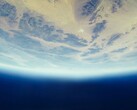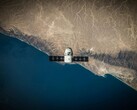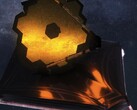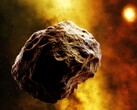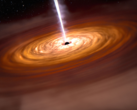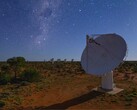If you think that Earth, as we know it today, has never changed since its creation, you are mistaken. In fact, throughout its existence, it has undergone numerous changes, particularly due to tectonic plates that are constantly in motion. A video allows us to visualize the various changes that have taken place on its surface over the past 1.8 billion years.
It is important to note that Earth is the only planet in the solar system with plate tectonics. This aspect has certainly played a role in allowing ecosystems to develop over time, but also in bringing about changes in the climate.
If you want to know what changes have taken place on the Earth's surface over the last 1.8 billion years, you can watch a video originally published in the journal Geoscience Frontiers. In this video, we start in the present and gradually go back in time.
As a result, you will be able to recognize the formation of Pangaea, a supercontinent formed 200 million years ago that saw the height of the dinosaurs' reign. But as we go further back in time, a rather surprising discovery emerges.
In fact, between 0.8 and 1.8 billion years ago, many scientists believed that the continents had not moved much, even calling this period the “boring billion.” However, in this video, it is possible to see many changes, revealing more intense tectonic activity than expected, possibly forming new mountain ranges and new seas.
This video, created using new technologies, allows us to see what our Earth might have looked like during this period. And that's not all, because it also shows how much the world is shifting beneath our feet without us even realizing it. Not to mention that it helps us understand how living beings have developed and how the climate may evolve over the millennia.
As for the future, many changes could take place. In fact, the continents are expected to regroup to form a supercontinent in 250 million years. But this remains to be defined, as some hypotheses suggest a regrouping between Asia and North America, while others refer to New Pangaea or the Next Pangaea.
Source(s)
Sciencepost (in French)




